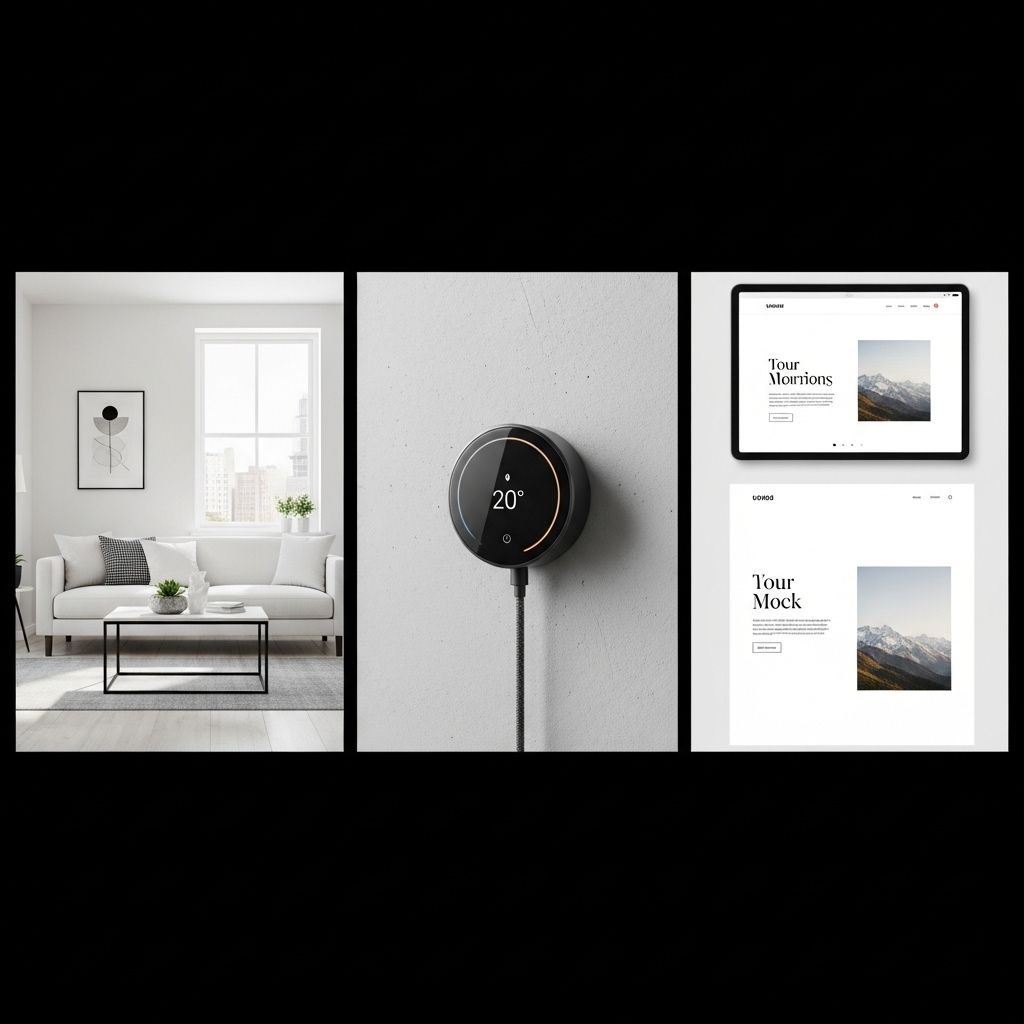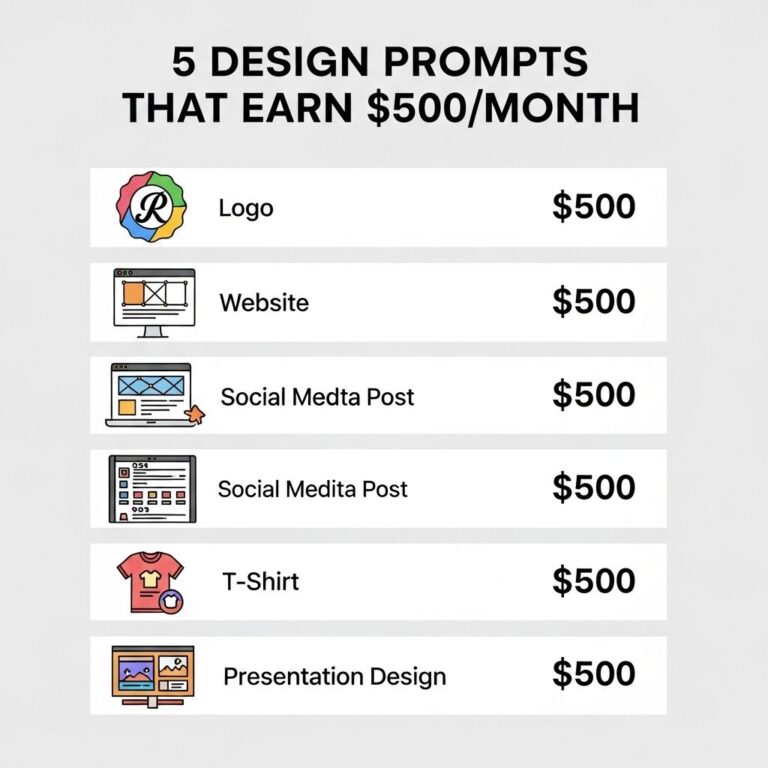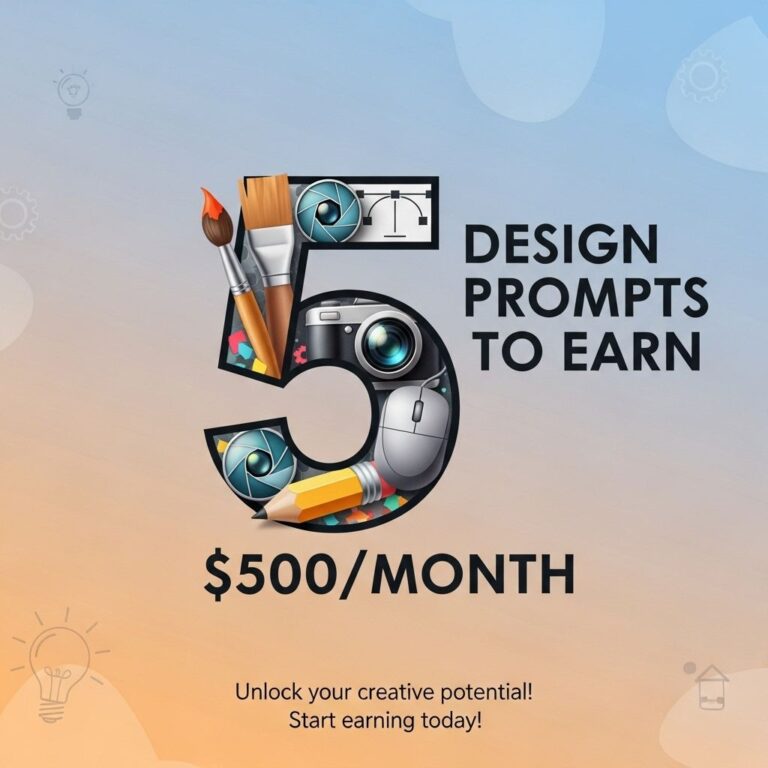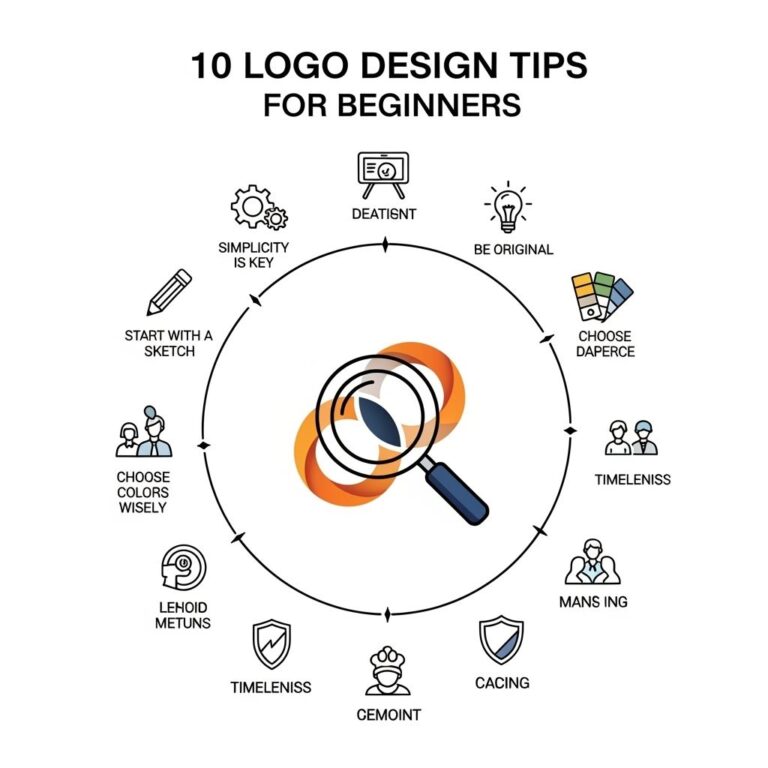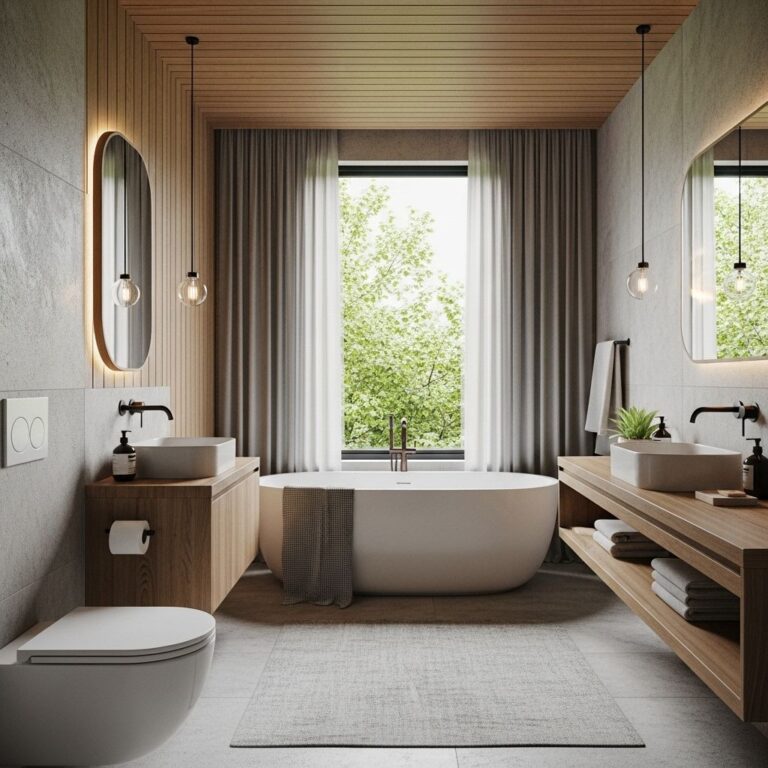In today’s fast-paced digital landscape, where information overload is a common challenge, minimalist design has emerged as a refreshing antidote. By stripping away the unnecessary and focusing on what truly matters, minimalist design offers clarity, elegance, and a user-friendly experience. In this article, we’ll explore ten stunning examples of minimalist design that not only captivate the eye but also enhance functionality, making them stand out in the crowded realm of digital and physical spaces.
Table of Contents
1. Apple Homepage
Apple’s homepage is a prime example of minimalism in action. It employs a clean layout with a focus on high-quality images and succinct text. The product-centric design showcases:
- Large product visuals
- Clear call-to-action buttons
- Minimalist color palette
By emphasizing the products, Apple creates a seamless browsing experience that entices users to explore further.
2. Muji Store Design
The Japanese retailer Muji is renowned for its minimalist products and store layouts. The physical space is designed to reflect the brand’s core philosophy of simplicity and functionality. Key features include:
- Uncluttered aisles
- Subtle lighting
- Natural materials
This approach not only enhances the shopping experience but also reinforces the brand identity.
3. Google Search Page
The Google Search page is perhaps the most widely recognized example of minimalist design. Its hallmark characteristics include:
- A vast white space
- Simple logo
- Single search bar
This stark simplicity allows users to focus solely on their queries, providing a straightforward and efficient tool for information retrieval.
4. Spotify App Interface
Spotify’s app interface epitomizes minimalism while retaining functionality. The sleek design features:
- Dark background with bold typography
- Simple navigation
- Visual playlists
By prioritizing ease of use and aesthetic appeal, Spotify creates an inviting atmosphere for music lovers.
5. Airbnb Listing Pages
Airbnb listings utilize a minimalist design to emphasize the unique aspects of accommodations. Highlights include:
- High-quality photos
- Clear descriptions
- Simple booking process
This streamlined layout effectively captures user attention and enhances the overall experience, making it easy for potential guests to find their ideal stay.
6. Tesla Model S Dashboard
The dashboard of the Tesla Model S exemplifies minimalist design in automotive engineering. Key attributes include:
- Central touchscreen interface
- Limited physical buttons
- Sleek, modern aesthetics
This design not only looks futuristic but also improves the driving experience by reducing distractions.
7. Evernote’s Web App
Evernote’s web application showcases a minimalist approach that enhances productivity. Elements of the design include:
- Simple layout with ample white space
- Intuitive organization of notes
- Clear icons
This clean interface helps users focus on their tasks without unnecessary distractions.
8. Dropbox’s User Interface
Dropbox’s user interface is another noteworthy example of minimalist design. Features include:
- Clear file organization
- Simple navigation
- Simplified sharing options
This design philosophy makes file management intuitive and accessible, catering to a wide range of users.
9. The New York Times Article Layout
The New York Times utilizes a minimalist layout for its online articles, focusing on readability and engagement. Key elements include:
- Generous whitespace
- Large, legible fonts
- High-quality images
This layout ensures that readers can easily consume content without feeling overwhelmed.
10. Minimalist Product Packaging
Brands like Aesop and Nespresso have adopted minimalist packaging to convey sophistication and quality. Characteristics of this design choice include:
- Simplicity in labeling
- Elegant color choices
- Focus on materials
This approach not only enhances shelf appeal but also aligns with the brands’ identities of luxury and refinement.
Conclusion
Minimalist design is more than just an aesthetic choice; it’s a philosophy that emphasizes clarity and efficiency. The examples highlighted showcase how effective minimalist design can be in various domains. Whether in digital interfaces, retail spaces, or product packaging, minimalist design principles can elevate user experience and foster a deeper connection with the brand. As the digital world continues to evolve, the importance of minimalism as a guiding principle remains undeniable.
FAQ
What is minimalist design?
Minimalist design is a style that emphasizes simplicity and the elimination of excess elements, focusing on functionality and clean lines.
Why is minimalist design popular?
Minimalist design is popular because it creates a sense of calm, enhances usability, and allows for greater focus on essential elements.
What are some key characteristics of minimalist design?
Key characteristics include a limited color palette, open spaces, simple forms, and a focus on typography and negative space.
Can minimalist design be applied to web design?
Yes, minimalist design can be effectively applied to web design, resulting in faster load times, improved user experience, and clearer navigation.
How can I achieve a minimalist design in my home?
You can achieve a minimalist design in your home by decluttering, choosing functional furniture, using a neutral color scheme, and incorporating natural light.
What are some examples of minimalist design in architecture?
Examples of minimalist design in architecture include the Barcelona Pavilion by Mies van der Rohe and the Glass House by Philip Johnson, both showcasing clean lines and open spaces.

